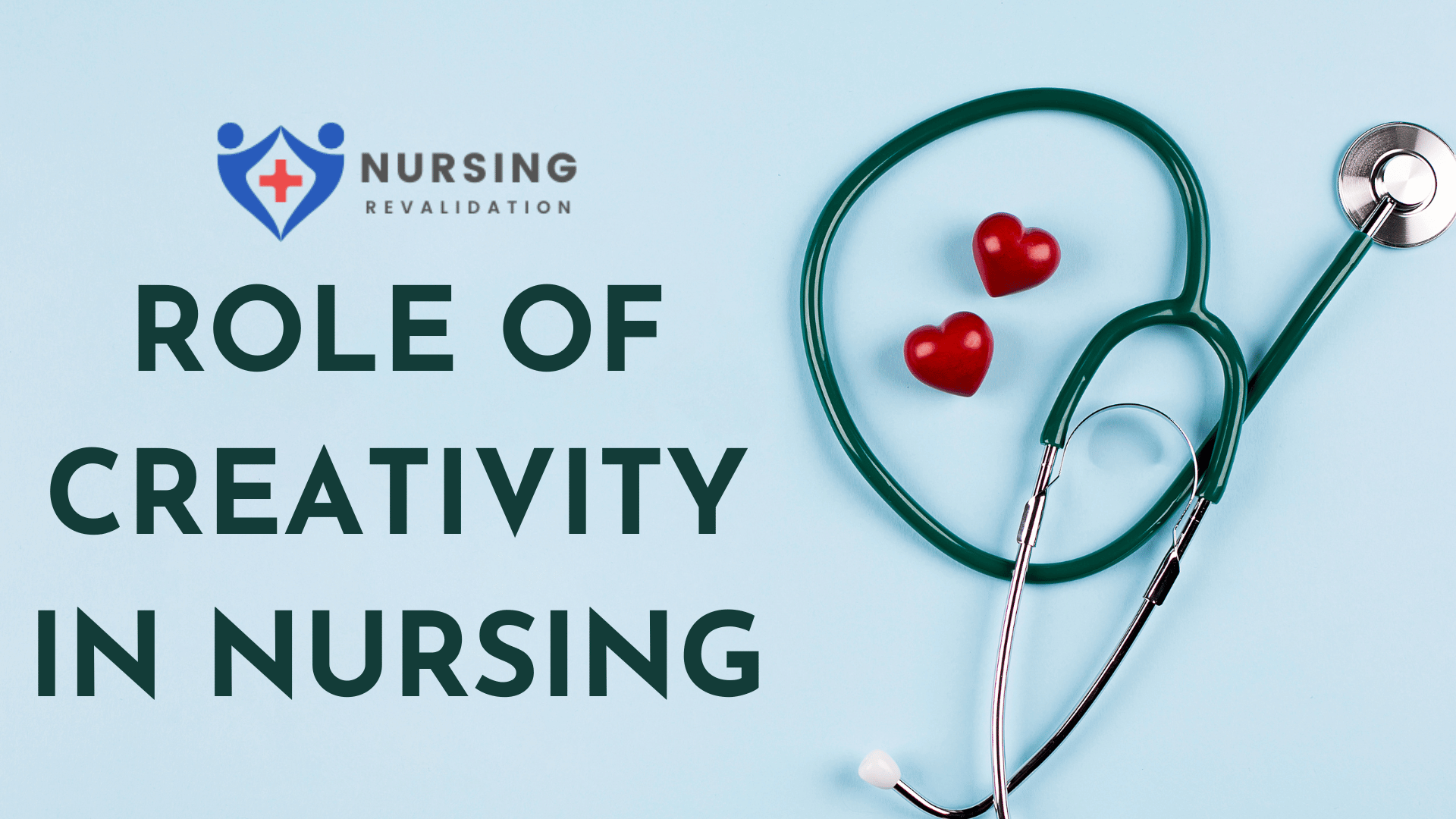In the realm of healthcare, nursing stands as a cornerstone, providing holistic care to patients. While the technical aspects of nursing are crucial, the integration of arts and creativity adds an extra dimension to patient care. This article delves into the intersection of nursing and the arts, exploring how creativity enhances patient outcomes and experiences.
The Essence of Nursing and Creativity
Nursing goes beyond administering medication and tending to physical needs. It involves empathy, communication, and the ability to connect with patients on a deeper level. Incorporating creativity into nursing practices enriches these connections, fostering a therapeutic environment where patients feel understood and valued.
Understanding Creativity in Patient Care
Creativity in patient care encompasses various forms, from artistic expressions such as music, painting, and storytelling to innovative problem-solving and personalized interventions. By tapping into creative outlets, nurses can tailor care plans to meet individual patient needs effectively.
Table: Benefits of Creativity in Nursing Practice
| Benefit | Description |
|---|---|
| Improved Patient Communication | Creative outlets such as art therapy facilitate non-verbal communication, enhancing understanding and empathy between nurses and patients. |
| Enhanced Emotional Well-being | Engaging in creative activities promotes relaxation, reduces stress, and uplifts mood, contributing to a positive healing environment. |
| Promotion of Healing | Integrating arts into healthcare environments accelerates the healing process, benefiting patients’ physical and emotional well-being. |
Benefits of Creativity in Nursing Practice
- Improved Patient Communication: Creativity opens new channels of communication, especially for patients who may struggle to express themselves verbally. Art therapy, for instance, provides a non-verbal platform for patients to convey emotions and experiences.
- Enhanced Emotional Well-being: Engaging in creative activities promotes relaxation, reduces stress, and uplifts mood, benefiting both patients and caregivers. Simple acts like listening to music or engaging in crafts can significantly impact a patient’s emotional state.
- Promotion of Healing: Studies have shown that integrating arts into healthcare environments accelerates the healing process. Whether through visual arts in hospital décor or music therapy during rehabilitation, creative interventions contribute to a positive healing environment.
Real-world Applications of Nursing and Creativity
- Music Therapy in Palliative Care: Research has demonstrated the effectiveness of music therapy in alleviating pain and anxiety among terminally ill patients. Nurses trained in music therapy techniques can integrate music into patient care plans to enhance comfort and quality of life.
- Art-Based Interventions for Pediatric Patients: Drawing, painting, and other art activities serve as powerful tools for pediatric nurses to engage young patients. These creative outlets not only distract from medical procedures but also empower children to express themselves amidst challenging circumstances.
Implementing Creativity in Nursing Practice
Integrating creativity into nursing practice requires a systematic approach and ongoing training. Hospitals and healthcare institutions can invest in workshops, continuing education programs, and dedicated spaces for artistic expression to support nurses in incorporating creativity into their care routines.
Challenges and Considerations
While the benefits of integrating creativity into nursing practice are evident, challenges such as resource constraints, time limitations, and cultural barriers may hinder widespread adoption. Overcoming these obstacles requires organizational support, interdisciplinary collaboration, and a commitment to prioritizing patient-centered care.
Conclusion
Nursing is as much an art as it is a science, and embracing creativity enriches the profession and elevates the quality of patient care. By recognizing the therapeutic power of the arts and incorporating creative interventions into practice, nurses can foster healing, promote well-being, and create meaningful connections with those under their care.


